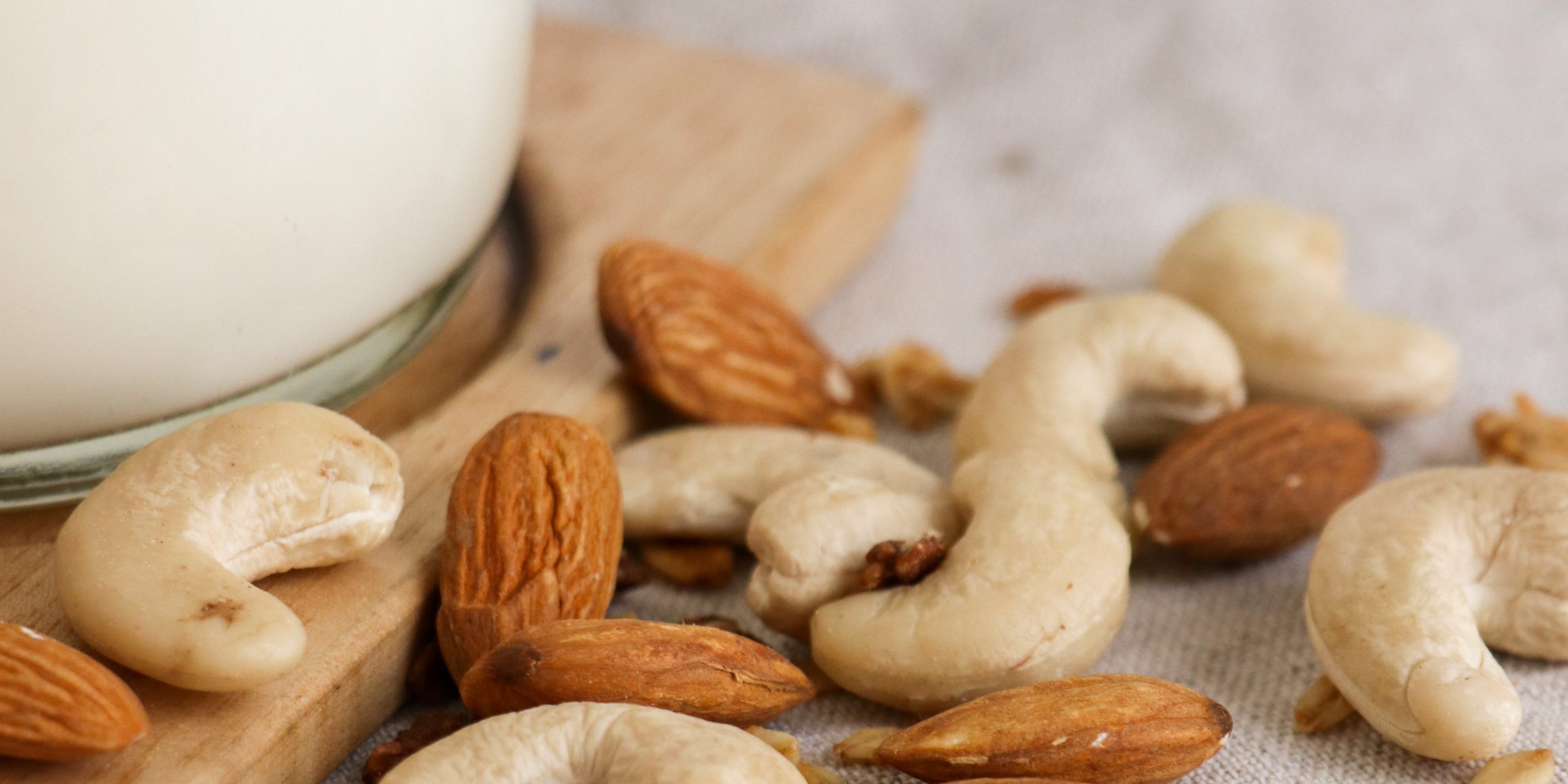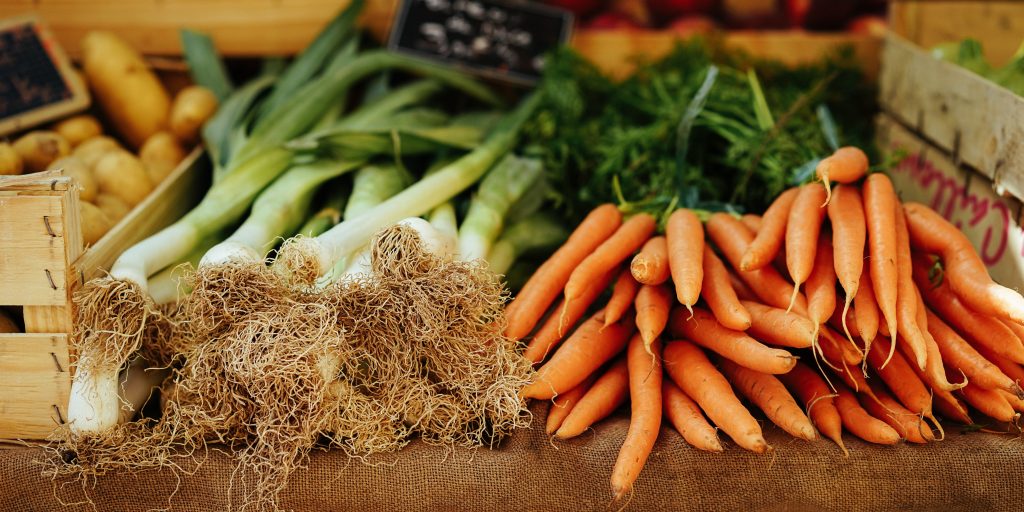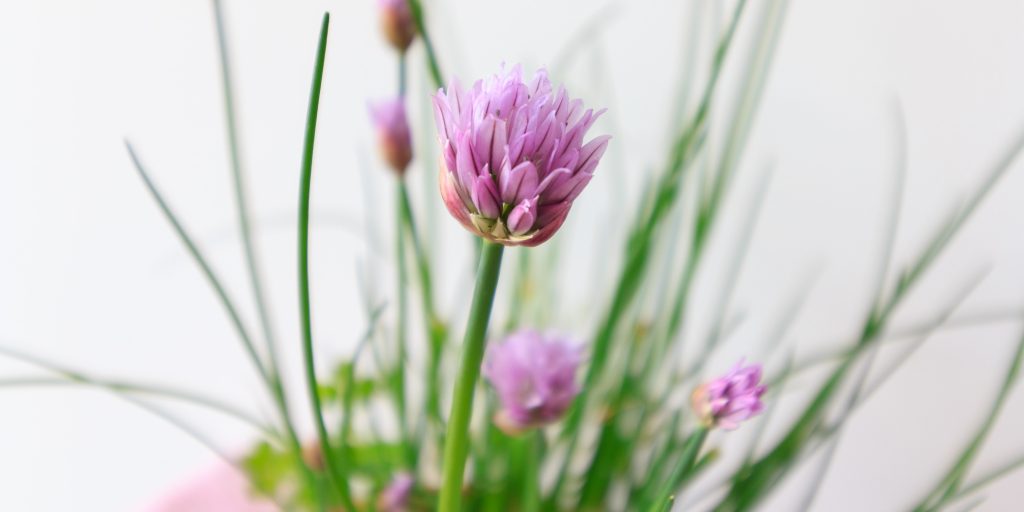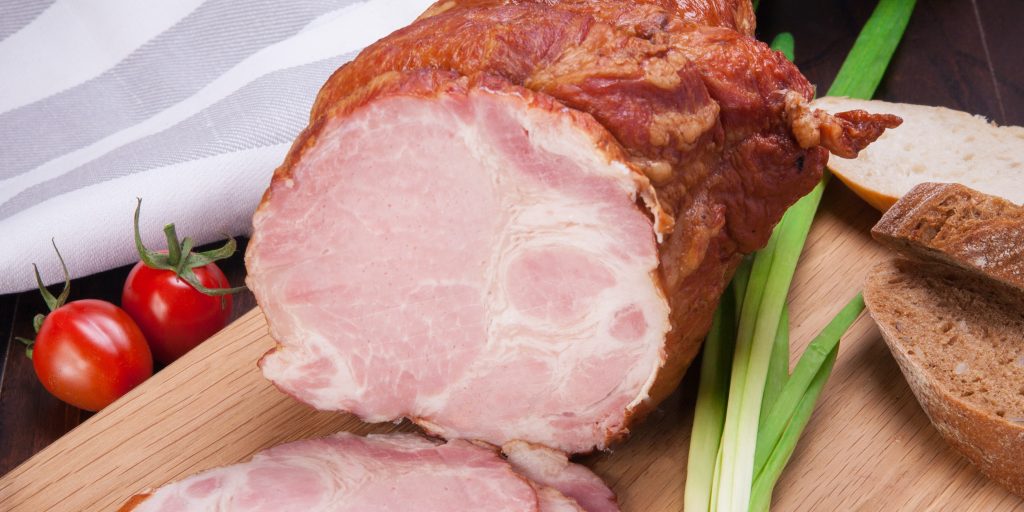
Why Make Your Own Plant Milks?
When you make your own plant milks, you have total control over the ingredients you are using. A homemade plant milk will taste fresher, and have less processed ingredients and less sugar.
There are many reasons you might want to drink plant milks. You may be looking for healthier options, worried about animal welfare, or maybe finding local dairy is difficult for you.
Maybe you are lactose intolerant. Maybe you are vegetarian. Maybe you are concerned about the impact of dairy in the world. There are tons of plant milk options already at the store. Why would you bother to make your own plant milks?
Finding plant milks at the store is easy, but you may not want to drink them. They are often full of preservatives, thickeners, or sugars. When you make your own plant milks you ensure you only get the best ingredients.
Homemade plant milks taste better and are fresh. You can adjust the texture and flavor by tweaking your recipe. Having dry ingredients on hand means you will always have a way to have milk on hand.
Store bought plant milks might be packaged in plastic or other containers that are hard to recycle. You can make your own plant milks with a bag of beans or grains that make a lot more milk with much less packaging.
Transporting dry ingredients takes a lot less energy than transporting liquids. If you can’t buy plant milk locally (and quality ingredients for plant milks aren’t easy to source in Maryland), you can at least buy sustainable dry ingredients and make your own plant milks at home.
There are a lot of options out there for alternative milks. Choosing one depends on what tastes best to you and how you plan to use it.
How to Make Your Own Plant Milks
Plant milks can be made from many ingredients. Some of the more popular options are soy, almonds, and oats. You can find sustainable options for those ingredients online. There are organic options and you can order them in bulk.
Blender Girl has a great post on the basics of making your own plant milks. In general, one cup of soaked and drained ingredient and three cups of water will make a basic plant milk in your blender. Some will need to be strained (using cheesecloth or a nut milk bag) or cooked afterwards.
Add salt and sweetener or flavorings to taste, and remember that your milk may separate and need to be shaken before using.
Check the ingredient you are using, some require cooking as well. Soy, in particular, is toxic if not cooked.
Though soy, almond, and rice are some of the more popular options for making your own plant milks, many ingredients can be used. Though usually seeds are used (nuts, grains, legumes), there are also alternative options like banana milk.
Each type of plant milk will have a different flavor to it. Some work better in hot drinks than others. Some plant milks are more savory in taste and work better in casseroles than in baked goods.
For baking, choose creamier plant milks. These are the nut milks, as they have more fat in them.
For hot drinks like coffee or tea, most plant milks will work. Some froth well in lattes. Plant milks separate easily, so heat them slower.
Smoothies are great with the less flavored milks. Almond, cashew, and hemp milks work well. The milks that are best for smoothies are also great in cereals.
Try making your own plant milks with almonds, cashews, walnuts, hazelnuts or pecans. Look at grains too, like oats or rice. A few other seeds that are used are hemp, quinoa or sesame seeds. Peas and bananas are also used.
Once you learn the basics of making your own plant milks, try out different varieties. Find what works best for you and your family.
Buy or make your own nut milk bags to strain milk after blending. An old sheet strains slower than cheesecloth but is a great way to recycle fabric and save some money.
You may have a hard time finding local grains in Maryland. Sustainable dry ingredients ship well with much less environmental cost than already made plant milks.
Soy beans can be found at Next Step Produce in La Plata. Many other larger farms grown grains and beans conventionally in Maryland. If Marylanders start asking for sustainably grown options, farms will begin to offer them.
So try making your own plant milks. Find out what you like. Then talk with your farmer and use your wallet to let them know what you value.





